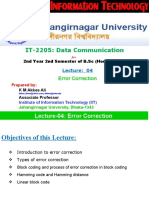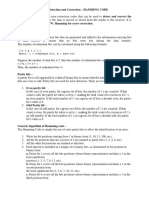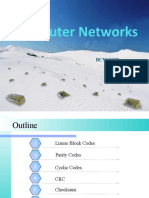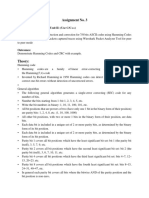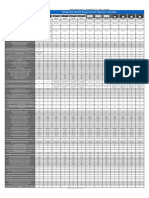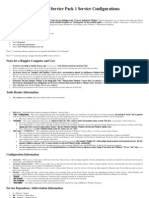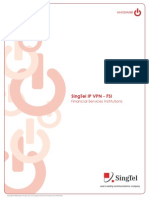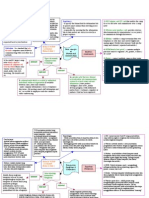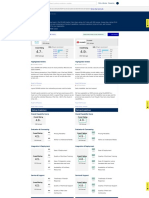0% found this document useful (0 votes)
95 views24 pagesError Detection Techniques
This document discusses error detection techniques used in data communication including parity check, cyclic redundancy check (CRC), and checksum. It explains that errors can occur during transmission as single, multiple, or burst bit errors. Common error detection methods are then described such as parity check, two-dimensional parity check, checksum, and cyclic redundancy check. The document also provides examples of how Hamming code can be used to detect and correct bit errors through the use of parity bits.
Uploaded by
cyberopsCopyright
© © All Rights Reserved
We take content rights seriously. If you suspect this is your content, claim it here.
Available Formats
Download as PDF, TXT or read online on Scribd
0% found this document useful (0 votes)
95 views24 pagesError Detection Techniques
This document discusses error detection techniques used in data communication including parity check, cyclic redundancy check (CRC), and checksum. It explains that errors can occur during transmission as single, multiple, or burst bit errors. Common error detection methods are then described such as parity check, two-dimensional parity check, checksum, and cyclic redundancy check. The document also provides examples of how Hamming code can be used to detect and correct bit errors through the use of parity bits.
Uploaded by
cyberopsCopyright
© © All Rights Reserved
We take content rights seriously. If you suspect this is your content, claim it here.
Available Formats
Download as PDF, TXT or read online on Scribd
/ 24




























